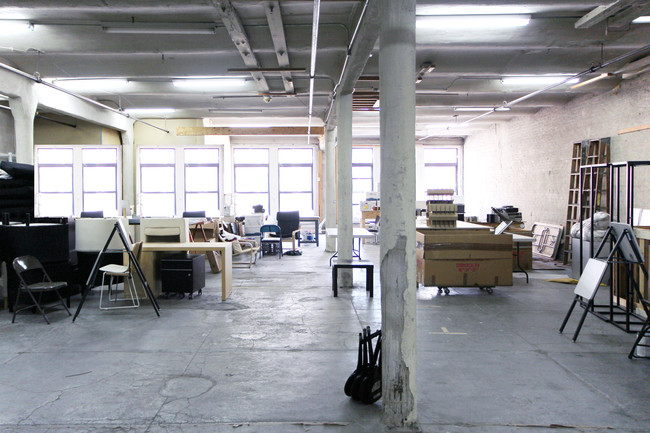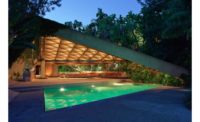Newness is obviously a central tenet of the New Museum’s program, whether it be launching a pioneering space for digital art, or tacking a two-ton boat to its building’s facade. Now, the Manhattan museum is preparing to plunge into the realm of entrepreneurship. Last week it announced plans to launch an incubator for art, technology, and design, drawing more than 60 startups under its wing.
“Having pioneered a number of programs and projects over the past decade, we feel that creating an active incubator is a natural extension of our mission and goals,” says museum director Lisa Phillips.
The brainchild of Phillips and deputy director Karen Wong, the startup extension of the museum will serve as a 24/7 collaborative, experimental laboratory. Future members will pay monthly dues for workspace, support from the museum’s network, and programming, including residencies, workshops, and mentorship. Studio-X, Columbia University’s global network of architecture, design, and urban planning studios, will be the anchor member of the incubator. The rest will be selected through a rigorous application process early next year.
“The New Museum’s incubator is a platform where we assemble a community and provide the tools that might lead to discovering new technologies, modes of art making and designing through collaboration and interdisciplinary engagement, but it would be presumptuous to say more than that,” says Wong. “We are entering into this initiative without predetermined answers and believe in the power of serendipity.”
The museum has turned to Brooklyn-based firm SO-IL to transform its neighbor, a 19th century warehouse at 321 Bowery (once a studio for artists including James Rosenquist and Tom Wesselmann, now storage and some exhibition space), into a versatile, state-of-the-art workspace. SO-IL’s principal and co-founder Florian Idenburg was the logical partner for the design of the new space; previously, he was a senior associate at SANAA, which designed the New Museum in 2007.
Idenburg says that much of the design will be about redefining the future of what it means to work, with digital tools driving the organization of the contemporary workplace.
“We’ve been trying to establish a notion that there are different modes of working, from concentrated work alone or in small groups, to having meetings with outside employees, or Skype calls,” says Idenburg, who has designed office environments for fashion designer Derek Lam, and Logan, a production company. Of the future renovation, he says: “It’s dynamic in that it is a set of elements that we can move around as the program constantly evolves.”
While the design will be contingent upon its occupants, the 11,000-square-foot space will have both fixed and flexible areas for conference rooms, studios, and—of course—3D printers.




Post a comment to this article
Report Abusive Comment